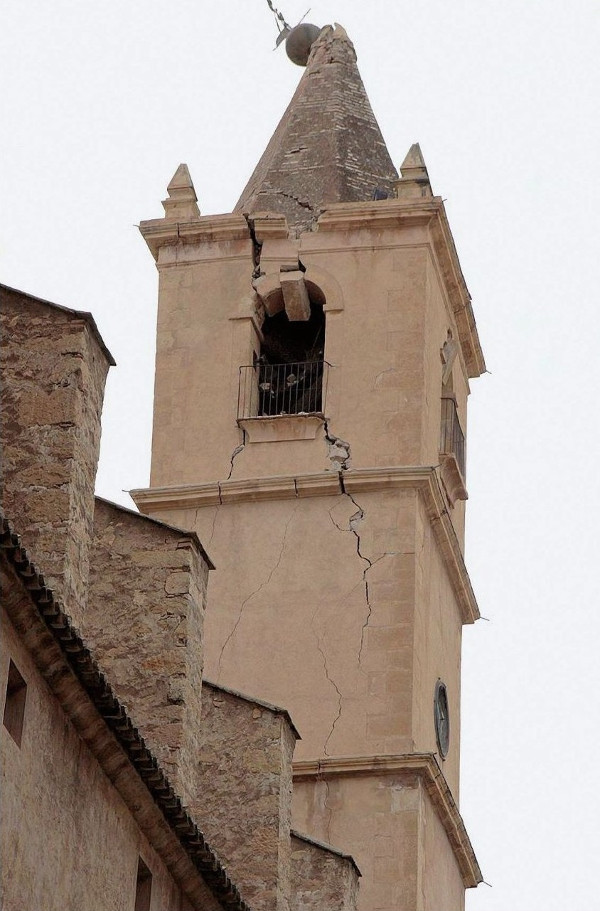En el umbral del Arte global: metáfora, complejidad y conficto
Abstract
Global art is based upon the presence of an insoluble, global confict in space and time, a type of blind spot that shatters all representations within symbolic discourse. Some of these invisible or only partially represented realities existing outside the system, showing that global art, in contrast to discourse on global art, is counter-geographical and counter-chronological. I begin by treating the example of contemporary Spanish art and its lack of presence in the global art world, focusing in the work of Santiago Sierra. After that, I go on show that the new geographies of art (like the new temporalities) are incapable of representation, at least not within the systems of representation originating in visual thought. Nevertheless, certain contemporary artistic practices utilize this inabilityto represent complexity as their starting point; the work of Gonzalo Ballester and Ursula Biemann serves as example of this. Lastly, Ishall be considering the difficulties faced by the art system in general, and museums as a privileged tool, to incorporate these complex practices.Downloads
-
Abstract292
-
PDF (Español (España))197
1. The authors non-exclusively assign the exploitation rights (reproduction, distribution, communication and transformation) to the magazine.
2. The works published in this magazine are subject to the Attribution-ShareAlike 4.0 International license (CC By SA 4.0). Therefore, they can be copied, used, disseminated, transmitted and publicly displayed, provided that:
i) the authorship and the original source of its publication (journal, editorial and URL of the work) are cited, thus allowing its recognition.
ii) it is allowed to remix, transform or create from the material while maintaining the same license as the original.

3. Self-archiving conditions. Authors are allowed and encouraged to electronically disseminate the pre-print (version before being evaluated) and/or post-print (version evaluated and accepted for publication) versions of their works before publication, as it favors their publication. Earlier circulation and diffusion and with it a possible increase in its citation and reach among the academic community. Color RoMEO: verde.






















